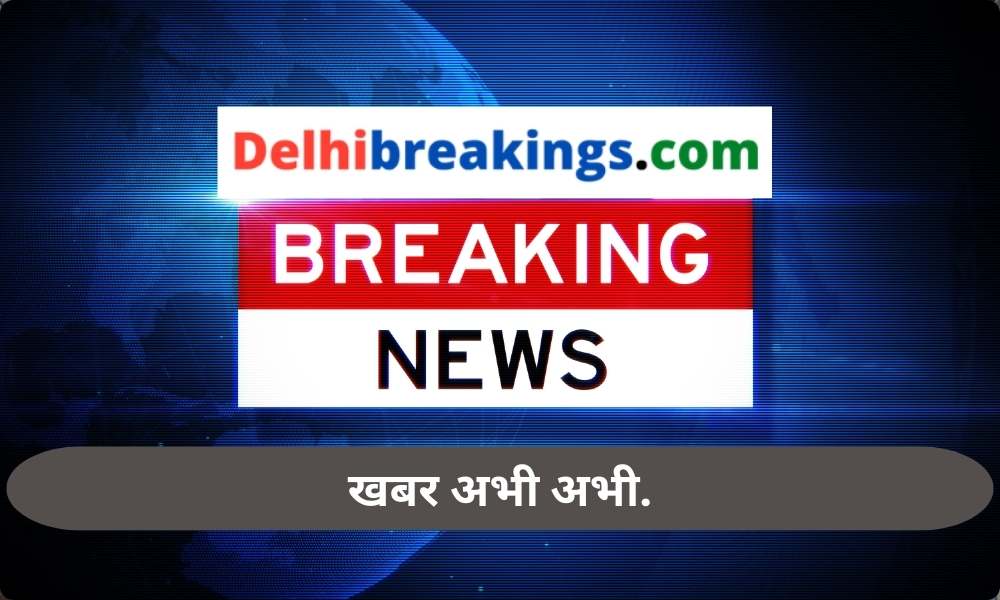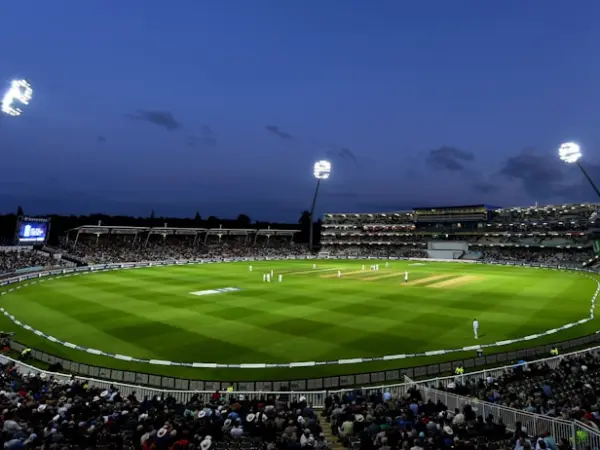The speed of the Vande Bharat Express has been reduced from 160 km/h to 130 km/h on the Rani Kamlapati and Khajuraho routes. The Gatimaan Express is also affected. This decision comes as a precautionary measure until the completion of the Kavach safety system installation.
Safety Measures and Kavach Network
Safety First: Following a recent train accident in Bengal, Indian Railways is prioritizing passenger safety by accelerating the implementation of the Kavach anti-collision system on all routes and trains. Until the Kavach system is fully operational, high-speed trains will run at reduced speeds to prevent accidents.

Ongoing Work: On the New Delhi-Palwal-Agra section, the speed reduction will remain in effect. The Kavach network installation is currently in progress, with approximately 80 kilometers already completed. Successful trials have been conducted on eight-coach Vande Bharat trains, with further testing planned for 16-coach trains.
Impact on Travel
Operational Changes: The reduced speed limit is expected to remain until the Kavach system is fully implemented across the railway network. This measure is aimed at ensuring safe travel for passengers while the safety system is being installed.
| Route | Previous Speed | Current Speed |
|---|---|---|
| New Delhi to Rani Kamlapati | 160 km/h | 130 km/h |
| Hazrat Nizamuddin to Khajuraho | 160 km/h | 130 km/h |
| New Delhi to Agra (via Palwal) | 160 km/h | 130 km/h |
Historical Context
Speed Enhancement: The speed capacity of the New Delhi-Agra section was increased from 150 km/h to 160 km/h in 2016 to accommodate the Gatimaan Express. This high-speed capability was later extended to the Rani Kamlapati and Khajuraho Vande Bharat trains.
Future Plans: The New Delhi-Mumbai route via Agra is also being upgraded to support speeds of 160 km/h. Once the Kavach network is fully implemented, the speeds of Vande Bharat, Shatabdi, Rajdhani, and other trains on this route will be increased, enhancing travel efficiency and reducing journey times.





